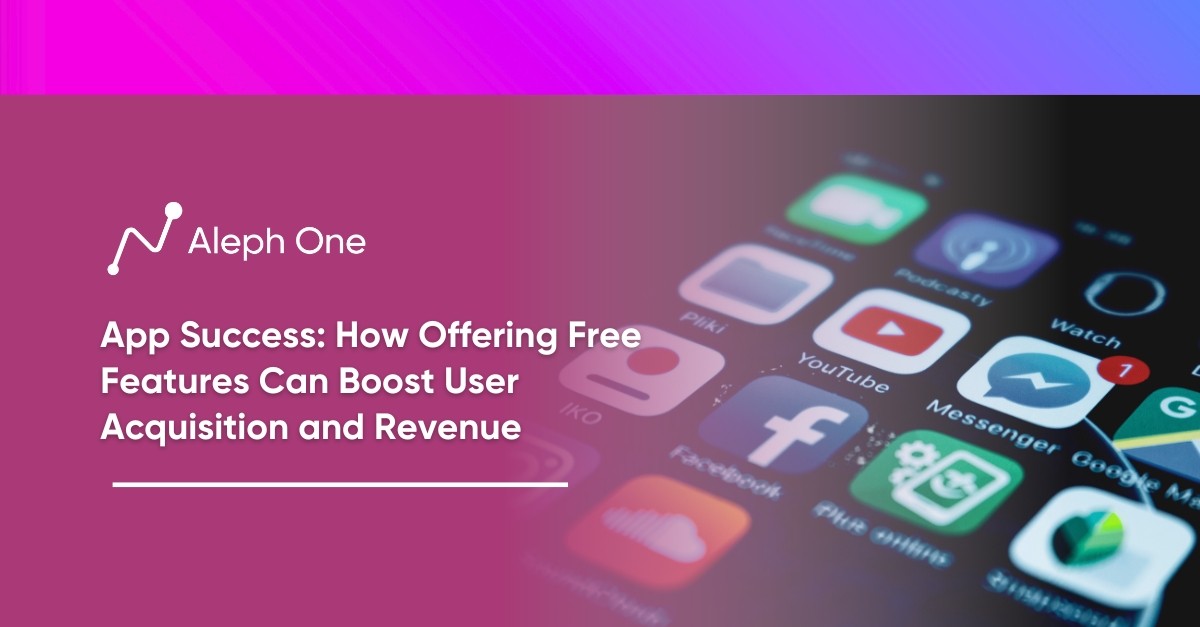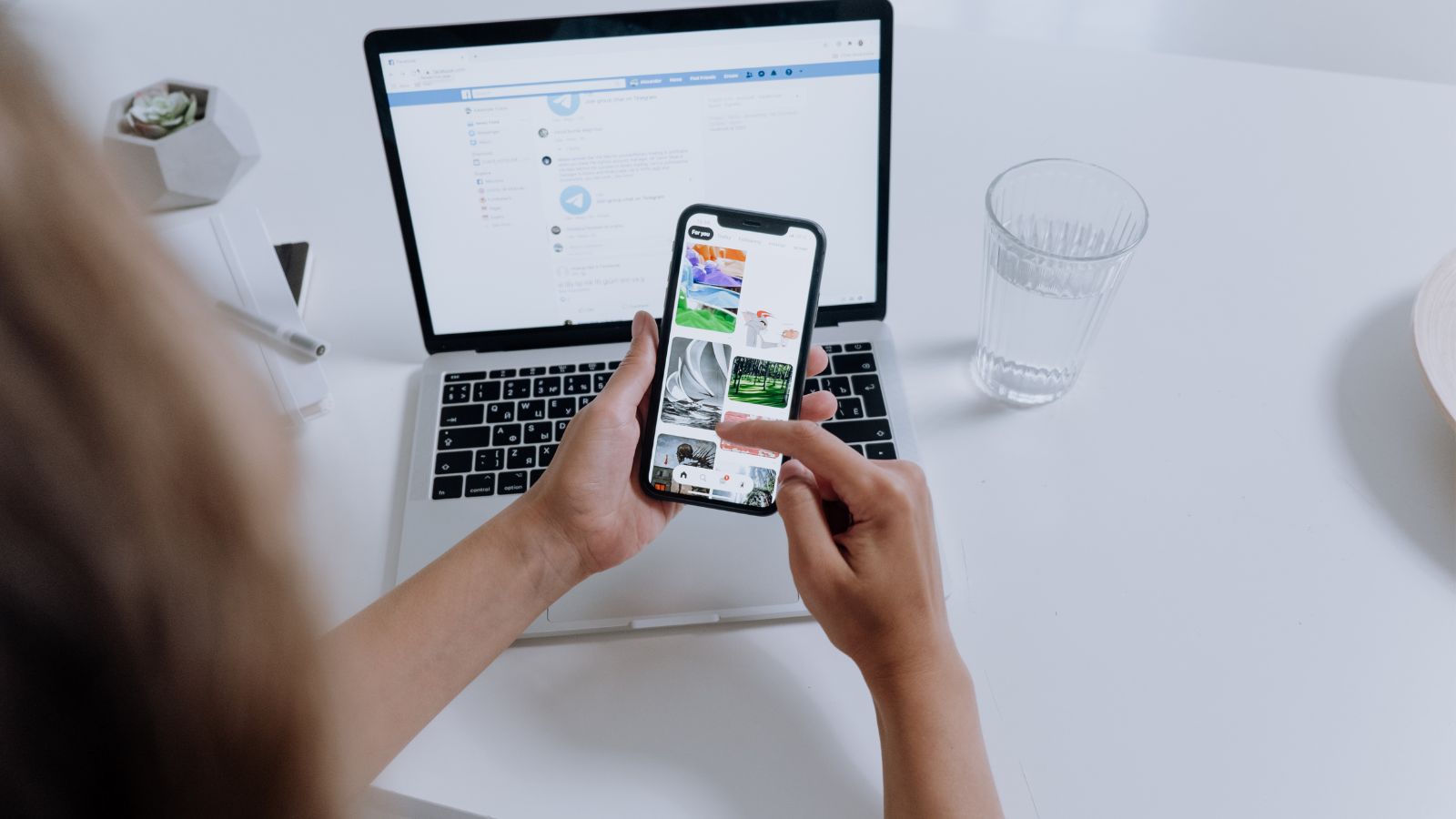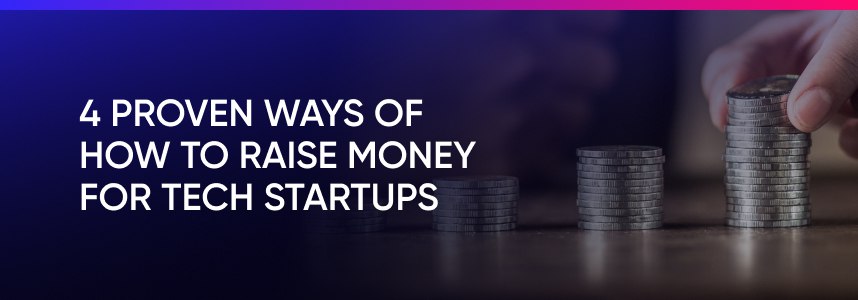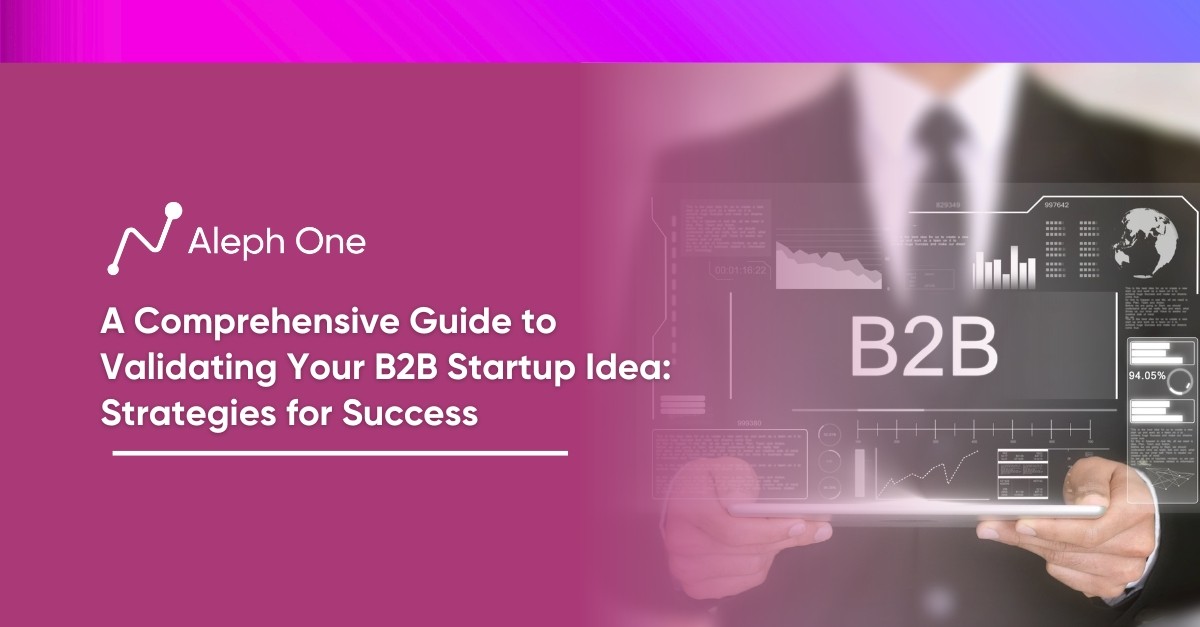Let’s work together to build something amazing. Share your project details and our team will reply to figure out the next steps to your success.

Successful apps like Spotify, Dropbox, and Evernote have harnessed the psychology of free features and trials to attract a massive user base and drive revenue growth. By minimizing the barrier to entry, free features, and trials encourage users to try a product and increase their willingness to pay for additional value. Spotify’s unlimited free music streaming has attracted over 150 million monthly active users, with a significant percentage converting to paid subscriptions. Dropbox’s free trial and referral program helped them gain over 500 million users, while Evernote’s free note-taking app acquired over 225 million users. These examples highlight how leveraging free features can unlock app success, drive user acquisition, and pave the way for revenue generation.

The Power of Free: How Giving Away Value Attracts Loyal Users
Some of the most successful apps today have grown through the strategic use of free features and trials. Spotify, Dropbox, and Evernote all tapped into the psychology of “free” to attract new users and build a loyal customer base.
Free Offers Low Barrier to Entry
Free features and trials work because people are more willing to try a product when the barrier to entry is low. According to studies, users are more likely to pay for a product or service after trying a free trial. The endowment effect also kicks in, whereby people value a product more once they’ve tried it.
Spotify’s Free Music Streaming
Spotify’s free music streaming tier has been crucial to its success. Spotify has gained over 150 million monthly active users by offering unlimited free options. At the same time, only about 30% of users opt for the paid premium tier, which still amounts to over 50 million subscribers. The free users also help spread brand awareness and word-of-mouth marketing.
Drop Box Free Trial & Referral Program
In its first few years, Dropbox used a simple free trial and referral program to gain over 500 million users. The free trial gives people ample storage to try the product and see its value. Referral incentives encourage free users to spread the word to friends and family. About 4% of free trial users subscribe to a paid Dropbox plan.
Evernote – Free Note-taking App
Evernote tapped into the popularity of free trials and freemium models early on. With their free note-taking app and web clipper feature, they gained over 225 million users within a decade. Around 3-5% of free users opt for the paid Evernote Premium each year, which offers additional features and storage. Evernote’s large free user base has driven awareness and new paid subscribers over time.
Free features and trials work due to the psychology of free and the endowment effect. When people can try a product at no cost, they become more invested and willing to pay for added value. Apps that leverage free trials and freemium models to attract users and then convert a small percentage to paid plans over the long run stand to gain the most success.
Freemium is the New Premium: When Free Trials Make Business Sense
The “freemium” business model, offering a free version of a product and premium paid plans, has become popular for many subscription-based apps. When done right, freemium can be a win-win, allowing companies to build a large user base while generating revenue from paid subscribers.
From Free to Paid Plans
Freemium works best when free features drive users to upgrade to paid plans. Dropbox offers 2GB of free storage but charges for additional storage. Evernote has free and paid tiers with varying features. MailChimp lets you send 12,000 emails monthly but charges for contacts and features.
The Balance Between Free and Paid Features
The key is to choose free features that provide enough value to attract users but leave them wanting more. If the free version offers less value, you will get fewer users. If it gives too much, there’s no motivation to upgrade. Apps must also make the upgrade path seamless by highlighting paid features at optimal times for each user.
How to Optimize Conversation Rates From Free to Paid
It’s also essential to optimize the conversion rates from free to paid. Some strategies include:
- Targeted in-app messages: Send messages to free users highlighting useful paid features when they’re most likely to need them. For example, message free Dropbox users when running out of storage space.
- Email drip campaigns: Send emails to free users over time, highlighting the key benefits of upgrading to a paid plan. For example, an email for Evernote users on how paid plans enable syncing across more devices.
- Limited-time discounts: Offer free users discounts on their first year of a paid subscription. This incentivizes them to upgrade before the offer expires.
- Social proof: Highlight the popularity of paid plans by showing the number of upgraded businesses. For example, mention how over 600,000 businesses use MailChimp’s paid plans. This taps into the psychological desire to use tools that others find valuable.
- A/B testing: Try different combinations of free features, paid tiers, pricing, marketing messages, and onboarding flows. Then see which options yield the highest conversion rates from free to paid. Make incremental improvements over time based on the results.
With the right strategy and optimization, the freemium model can be a sustainable way for apps to build a large, loyal customer base. When free features provide value, paid upgrades are a natural next step rather than an unwanted upsell.
The Free Trial Formula: How to Craft an Irresistible Offer in 4 Steps
The key to success with a free trial or freemium model is crafting an offer that attracts high-quality users and keeps them engaged. Here are a few strategies to create an irresistible free trial formula:
1) Limit the Time Period
Offering a free trial for a limited time, such as 7 to 30 days, creates a sense of urgency that prompts users to upgrade before the deadline. Many apps like Dropbox, Evernote, and MailChimp have found success with a 30-day free trial.
2) Choose the Right Features
Select features that demonstrate the value of your paid plans without giving away too much. For example, a music streaming app might offer ad-free listening for a limited number of hours per month. A project management tool may provide access to 2-3 projects. Choose features that will drive users to want more.
3) Build FOMO (Fear of Missing Out)
Highlight your paid plans’ additional features and benefits to create the fear of missing out. For example, show users what they would gain by upgrading like increased storage, access to more projects or team members, ad-free listening, etc. The key is to demonstrate the value that users are missing with the free trial.
4) Upsell at the Optimal Time
Start promoting your paid plans around the middle of the free trial when users have experienced the benefits but before the deadline. Send targeted in-app messages, emails and push notifications with upgrade offers and incentives like 50% off the first month. The key is to upsell when users are most engaged but before the free trial ends.
The most effective free trial formulas limit the time period to create urgency, choose features that demonstrate value without giving away too much, build fear of missing out on paid plans, and upsell users at the optimal point in the free trial. With the right formula, you’ll attract high-quality users and keep them engaged from free to paid.
Free Acquisition 101: How to Promote Your Free Offering
To attract high-quality users to your free trial or freemium app. One of the most effective ways is through social media platforms like Facebook, Instagram, and Twitter. Run social media ads targeting your ideal users and highlighting the key benefits of your free features. You can also work with influencers in your niche to spread the word about your app to their audiences.
Content Marketing
Content marketing is another important channel for promotion. Create blog posts, videos, and other content highlighting how your free features solve user problems. Optimize this content for search engines and share it on social media to increase visibility. Paid advertising on platforms like Google Ads and Facebook Ads allows you to reach new users at scale. Run ads promoting your free trial or freemium download and target them to your key audiences.
Email Marketing
Email marketing is a highly effective way to reach new and existing users. Build an email list from your website and social media, and send regular broadcasts promoting your free offering. You can also run drip email campaigns where new subscribers receive automated series of emails highlighting your free features. To determine the success of your promotional campaigns, implement attribution modeling. This helps you see which channels are driving the most high-quality free users and conversions so you can optimize your ad spend.
With the right mix of social media, content marketing, paid advertising, email marketing, and attribution, you can drive steady growth of valuable users into your free trial or freemium app. But acquiring users is only half the battle. You must also optimize the user journey to convert as many free users as possible into paying customers.
The Free-to-Paid Funnel: Optimizing Your Conversion Rates
Once users enjoy your free trial or freemium features, the next step is to upgrade to a paid subscription. This is known as the “free-to-paid funnel” – the journey of converting free users into paying customers. Optimizing each step of this funnel can significantly improve your overall conversion rates and revenue.
Target In-app Messages
One of the first strategies is using targeted in-app messages to promote your paid plans. For example, on the last day of a free trial, send a message highlighting the key features of your paid subscription and how to upgrade. You can also use messages to highlight paid features as users engage with your free offering. Time these messages for maximum impact based on user behavior.
Email Drip Campaign
An email drip campaign is also effective for conversion. Start sending emails a few days into the free trial to raise awareness of the paid plans. Build a sequence of 3-5 emails to send over the course of the free trial, highlighting features, social proof, scarcity, and an urgent call-to-action to upgrade before the trial is over. For freemium users, send periodic emails based on their usage and engagement to prompt an upgrade when the time is right.
Testimonials, Reviews, and Case Studies
Social proof like testimonials, reviews, and case studies can also motivate free users to convert. Feature these prominently in your app, emails, and other marketing. Seeing evidence of the value other customers have gained from your paid subscription will convince many users to upgrade.
Limited-Time Discounts
Limited-time discounts and coupons are another way to give free users an extra incentive to upgrade. For example, offer 50% off a paid plan’s first month or year if they upgrade from the free trial within the first week. Scarcity and savings are a compelling combination.
A/B Testing
A/B testing different conversion optimization strategies will help determine what works best for your audience and product. Test different in-app messages, email copy/timing, social proof used, discount offers, and calls to action. Look for the combination that yields the most significant lift in conversion rates from your free to paid funnel. Regular testing allows you to continue optimizing to improve your rates over time.
Free for Now but Not Forever: When to Sunset a Free Offering
At some point, the costs of offering free features may outweigh the benefits. If your free trial or freemium model no longer drives profitable conversions to paid plans, it may be time to sunset the free offering. Some signs that sunsetting may make sense include:
- Declining conversion rates: If the percentage of free users converting to paid plans has decreased significantly over time, your free offering may be attracting the “wrong” users who were never going to convert in the first place. It may be better to focus your efforts on paid acquisition channels.
- Higher costs of free users: As your app scales, the total cost of supporting free users may increase so that their lifetime value no longer exceeds the cost of acquiring and support them. If free users do not ultimately drive revenue, they cost you money.
- Increasing competition: With more competitors in your space, free users have more alternatives and are less likely to convert to your paid plans. Tightening your free offering can help differentiate your premium product.
- Need for simplicity: Too many options for your product—free and paid—can confuse users and complicate your business model. Removing free plans can simplify your pricing and marketing.
Strategies for Sunsetting a Free Trial
When sunsetting a free offering, the key is to do so strategically while keeping existing free users and revenue in mind:
- Time-limit remaining free users: Announce that existing free users will lose access to free features after a specific date to incentivize them to upgrade before then. Offer them a discount for upgrading early.
- Incentivize upgrades: Offer paid users a special “loyalty” discount or bonus features for upgrading from your free plan before it’s removed. This turns a potential loss of free users into an opportunity to gain more paid subscribers.
- Promote your paid plans: Increase the promotion of your paid offerings through in-app messages, email campaigns, social media ads, and other channels. Explain the additional value and features users gain by upgrading from your free option before it’s gone.
- Examples: Dropbox, Evernote, and MailChimp have all sunsetted their free starter plans at some point to simplify their pricing models and focus on paid subscription growth. With the right strategy and messaging, sunsetting a free offering does not have to mean losing valuable users and revenue. The key is providing enough incentives and notice for free users to upgrade to paid plans.
FAQ
How successful has the implementation of free trials/ features been in significantly attracting user growth for companies like Spotify, Dropbox, and Evernote?
The strategic use of free trials and features has significantly attracted user growth for companies like Spotify, Dropbox, and Evernote. Spotify’s free tier has gained over 150 million monthly active users, and roughly 30% opt for the premium tier. Dropbox used a free trial and referral program to gain over 500 million users in its early years, with about 4% of free trial users subscribing to a paid Dropbox plan. Evernote saw over 225 million users through free trials and freemium models within a decade.
What strategies are essential for the effective conversion of free trial users to paid subscribers?
Several strategies are vital for effectively converting free trial users to paid subscribers. One is to provide enough value with the free features to attract users but leave them wanting more. Optimizing the path to upgrade to premium is also important. Targeted in-app messages and email drip campaigns effectively highlight the benefits of upgrading. Additional effective tactics are offering limited-time discounts and using social proof to convince users to upgrade. Lastly, A/B testing can help identify the highest-converting marketing messages, onboarding flows, and free-to-paid features.
When and how should a company decide to sunset its free offerings?
A company may decide to sunset its free offerings when the costs of offering free features outweigh the benefits. Indicators may be declining conversion rates, higher costs of free users, increasing competition, and a need for more simplicity in their product range. When this stage is reached, a strategic plan must be in place. A time-limited period can be given for existing free users before they lose access to free features. Incentives for early upgrades can be offered, like discounts or extra features. Increasing the promotion of paid plans can help explain the added value and features users gain by upgrading from the free option.
Get the latest news and updates from Aleph One in your inbox.



